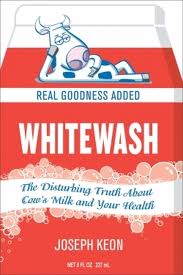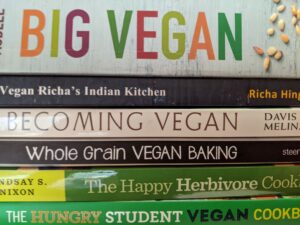It’s pumpkin time in the States as Halloween approaches. One and a quarter billion pounds of pumpkins are produced here each year. The majority are canned as pumpkin pie mixes. Most of the rest are used to create Jack O’Lanterns for displaying at Halloween. And many of those end up in the trash.
Pumpkins and pesticides?
Pumpkins have two big problems; insects love them and they catch lots of diseases such as bacterial wilt and mildew. So what do the farmers do? Apply liberal doses of pesticides and fungicides. More bad news, pumpkins are so efficient at absorbing poisons from the soil they could be used as a filter to clean out toxins like DDT, PCBs and Dioxins.
But the good news is that a EWG report doesn’t rate them as a particularly dirty fruit. They are listed at number 34 in the list of the ‘dirtiest fruit and vegetables’ out of 49.
Pumpkin’s carbon footprint
Fertilizers are used to promote pumpkin growth but also give out large quantities of nitrous oxide. Nitrous oxide only makes up about 8% of total greenhouse gases. Even so, it has a global warming potential of around 300 times greater than carbon dioxide!
A study in Germany calculated the carbon footprint of pumpkins to range from 139 g to 448 g CO2 equivalent per kilo. The lowest figure was from a large specialized pumpkin farm that used potassium-based fertilizers. Second best, a small organic farm and next imported pumpkins from Argentina. The worst was a small conventional farm using nitrogen-based fertilizers. Buying locally-produced pumpkins is not always the greenest choice!
And so many of those Halloween pumpkins end up in the trash and then in landfill. When organic matter breaks down, it releases the gas methane. Methane is a significant greenhouse gas with 25 times the strength of carbon dioxide. And those landfills contribute nearly 20% of all methane emissions in the States.
Find out how to reduce your greenhouse gas emissions by changing the way you shop, eat and cook.
 What can I do to make my pumpkin greener?
What can I do to make my pumpkin greener?
- buy organic, edible pumpkins from a trusted source
- don’t travel long distances to buy your pumpkins
- don’t throw your pumpkin in the trash after Halloween
- use the pumpkin flesh to make pies and soups
- roast the seeds to eat yourselves or feed them to the birds
- compost the pumpkin shell or bury it direct in your garden.








Meanwhile, craft beer producer Toast Ale has come up with a recipe for home-brewed pumpkin beer that also makes use of leftover bread.
hi i want to know what the best way to keep pumpkin stay fresh and not catch any disease?
Presumably, keep it cool and in the dark but I’m no expert on that.
Which is the best type of pumpkin should someone like me use as a starter plant?
Sorry but I am not a gardener so can’t help you on that. Using organic gardening methods is the best way to grow produce for a healthy, low carbon pumpkin.
I love pumpkin. its great!!!
I want to know how much carbon is in a pumpkin i grow using only organically certified fertilizers and worm liquid, none of them go to waste, ones that do not go to market get fed to the worms.
Hi Kathy, as you are growing your pumpkin organically, it is likely that your pumpkin has a carbon footprint of around 140g CO2E per kilo of pumpkin. Keep up the good work! Regards Jane